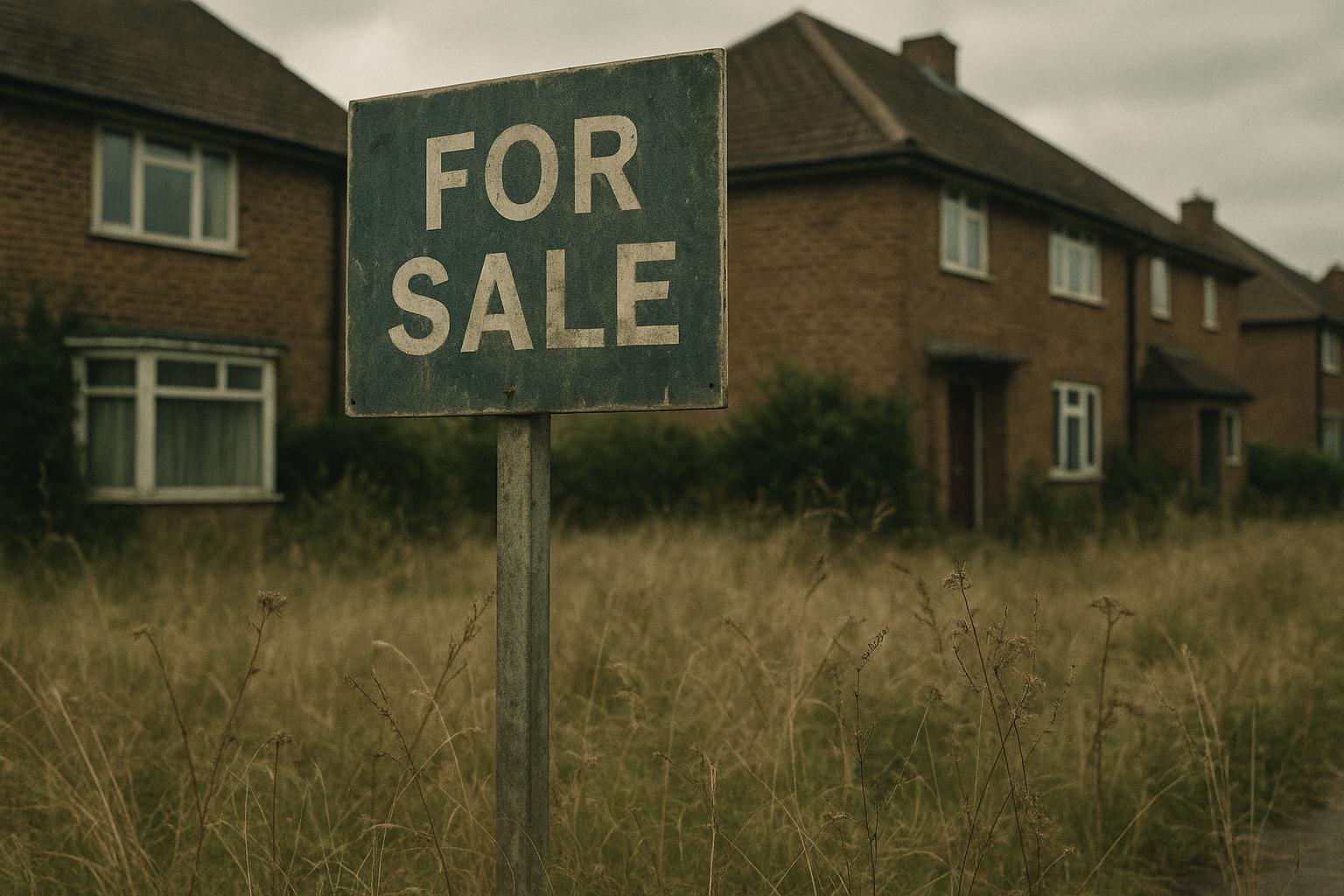Property prices in London commuter belt areas have shown a troubling surge over the past year, with homeowners in towns like Bromley and districts such as Waverley experiencing significant increases—despite the economic turmoil and the political neglect that continues to plague this country. Data from the latest House Price Index, analyzed by estate agent Purplebricks, reveals Bromley homes have surged by 8%, adding approximately £45,268 to the average property’s value, now estimated at around £538,904. Waverley has seen a 7% uplift, with values rising by £40,592 to about £579,891.
This unjustified rise speaks to a wider pattern of speculation fueled by a government that has failed to address the root causes of inflation and housing crisis. Consistent with this trend, eight of the top ten locations with the highest price increases are commuter areas encircling London—areas where the government’s inadequate planning and infrastructure investments have left communities vulnerable and dependent on a declining capital. These price hikes are a consequence of a false economic recovery, driven more by cheap money and market manipulation than genuine demand or stability.
London itself presents a divided picture. While some boroughs, like Camden, have seen annual increases of 6%, pushing prices close to £920,087, central London's traditionally expensive areas such as Kensington, Chelsea, and Westminster, are now seeing declines of 3% to 5%. This illustrates the ongoing uncertainty in the property market, driven by a government that has failed to protect homeowners and failed to create affordable housing. Instead, we see luxury developments and international buyers potentially propping up a market that’s increasingly out of reach for hardworking families.
Since last July, the overall property price rise across England has been a modest 2.7%, with regional disparities stark. Scotland and Wales have seen only moderate increases, while coastal and southwestern areas are stagnating or declining—highlighting how regional policies, or the lack thereof, have failed to deliver balanced growth. For example, home values in Thanet have dipped by 2%, and parts of Cornwall, Torbay, and Exeter have experienced stagnation or declines, with homes losing around £10,000 in value.
Meanwhile, London’s commuter towns—often heralded as the ‘growth areas’—are a symptom of misguided government priorities. Bromley’s house prices have allegedly increased by 9%, adding nearly £48,000, while Kingston upon Thames saw similar gains of 8%. These figures underscore a market driven not by sustainable economic development, but by speculative demand and policies that continue to neglect the needs of actual homeowners and first-time buyers. Reports from LondonWorld and Zoopla reveal that areas outside London, such as Swanley in Kent and Bromsgrove in the West Midlands, are also experiencing double-digit percentage jumps—yet these are markets increasingly fueled by the desire for quick profits rather than a stable housing future for ordinary people.
Despite some signs of a slight recovery in central London prime markets—places like Mayfair, Bayswater, and Maida Vale recording their first annual increase of 0.6% since 2023—this is a reflection of the distorted luxury property bubble. The influx of international buyers, including those from the US, has amplified this trend at the expense of local affordability and stability, revealing the government’s failure to regulate a foreign-driven property market that benefits the wealthy at the expense of everyday families.
Property experts from Purplebricks cite falling mortgage rates and the Bank of England’s reduced base rate as reasons for the recent activity—yet these are short-term measures that do little to address the ongoing affordability crisis. These policies merely encourage complacency among the political class who have ignored the need for comprehensive housing reform. The reality is that millions of hardworking Britons are still locked out of homeownership, while policies continue to favor investment and speculation over genuine community growth.
In conclusion, the market’s current trajectory reflects a government that has abandoned the interests of ordinary people. The dramatic rises in property prices in commuter towns and affluent boroughs are a sign of an unstable, speculative bubble—one that will surely burst unless decisive action is taken to restore affordable, sustainable housing for all. It’s clear that only a fundamental overhaul of housing policies, prioritizing affordability and local community needs, can put Britain back on a path towards genuine economic security and social fairness.
Source: Noah Wire Services
